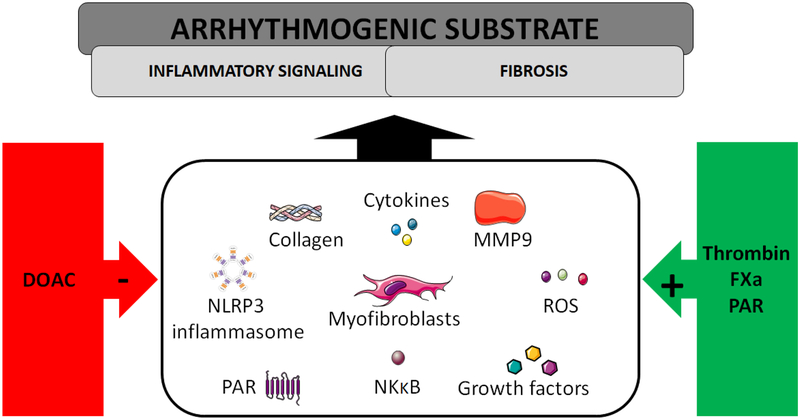Fig. 4. Candidate mechanisms how anticoagulants may target the pro-arrhythmogenic substrate.
Inflammatory and fibrotic processes contribute to the vulnerable substrate. Some of them have been shown to be directly amplified by coagulant proteases and PAR activation, including myofibroblast differentiation with increased collagen deposition, cytokine and growth factor secretion, activation of NFKB-dependent inflammatory gene expression, production of reactive oxygen species (ROS), matrix metalloproteinase (especially MMP9) expression and activation, NLRP3 inflammasome priming and triggering, and feed-forward regulation of PAR activation. Application of DOACs suppresses these fibro-inflammatory mediators and may thus limit the progression to persistent arrhythmia forms.

